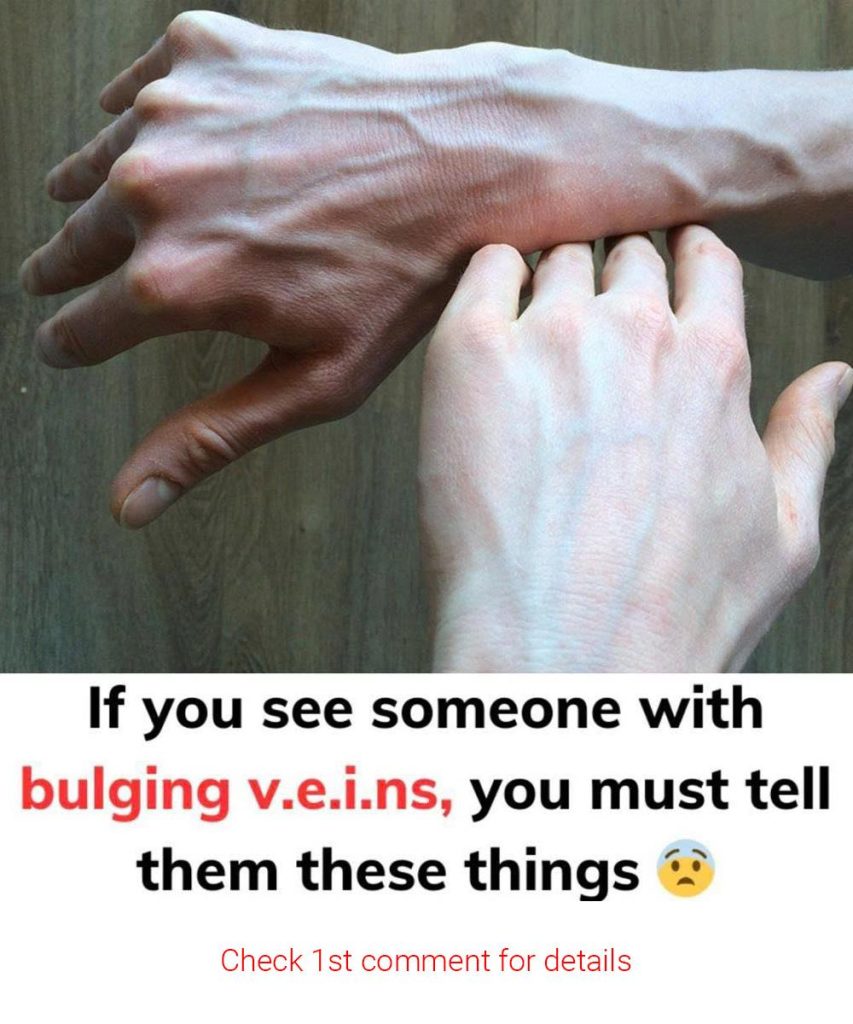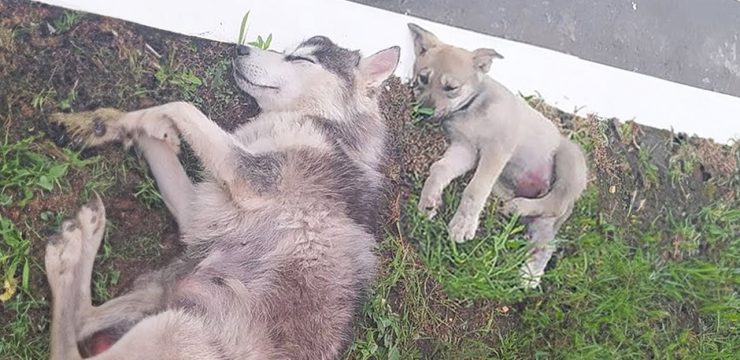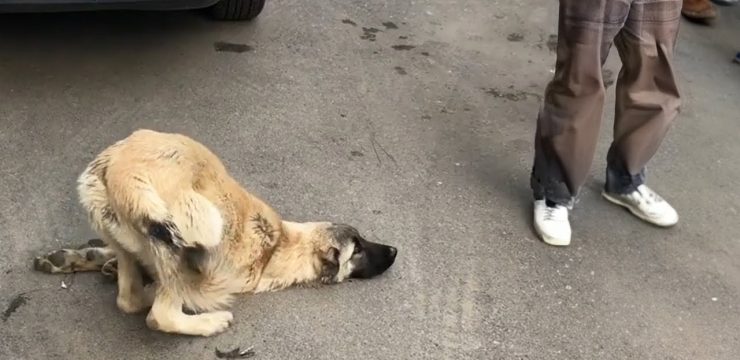Ever catch a glimpse of those bright blue veins popping up on the backs of your hands and think, “Wait—should I be worried about this?” You’re definitely not the only one, and the answer might not be as simple as you’d expect. While it’s often harmless, those visible veins could actually be your body’s way of dropping a subtle clue about something more important—possibly even something serious.

So, what’s really going on when those veins start to look more pronounced than usual? It turns out, those bulging blue lines might not just be a cosmetic quirk—they could potentially be linked to an increased risk of blood clots and other circulatory concerns.
Here’s the deal: the blue veins you see on your hands aren’t random. They’re part of a network of superficial veins that lie just below the surface of your skin. They play a role in your circulation, even if you don’t think much about them on a daily basis. These veins become more visible when certain factors come into play—things like aging, weight, physical activity, or changes in your skin’s elasticity.
People with fair skin or a lean body frame are more likely to notice these veins. The reasoning is pretty straightforward—when there’s less fat under the skin, and the skin itself is lighter or thinner, the veins underneath aren’t as concealed. That’s why these veins tend to show up more prominently on older adults too. As we age, our skin naturally becomes thinner, which makes the underlying blood vessels stand out more.
If you’re extremely fit, have low body fat, or spend a lot of time in the gym lifting weights, those veins might pop even more. Exercise, especially strength training, increases blood flow and causes muscles to expand. When your muscles swell, they push the veins closer to your skin, making them more pronounced. That’s why bodybuilders often have those prominent, rope-like veins along their arms and hands—it’s a visible sign of vascularity due to low fat and strong muscle tone.
Pregnancy can also bring out more noticeable veins. Why? Because your body is working overtime to pump blood through both your system and your baby’s. That added workload increases the pressure in your veins, causing some of them to swell and become more visible.
However, while prominent veins can be totally normal, there’s also a not-so-pretty side. In some cases, they may be an early signal of varicose veins. These occur when veins become enlarged, twisted, or weakened, usually due to poor valve function within the veins. Blood that should be moving forward starts to pool, leading to bulging, rope-like veins that can zigzag across the hands or legs.
On your hands, varicose veins often look thicker than usual. They might seem twisted or knotted, even if they’re not causing pain right away. But don’t ignore them. Even though they may not hurt, they can lead to discomfort over time and might even be a signal of an underlying circulatory issue that requires attention.
So, when should you take those blue veins seriously? Here’s what to look out for: if your veins suddenly become more swollen or tender, if they feel warm to the touch, or if you notice redness and swelling around them, these could be signs of inflammation or something more severe. Blood clots, particularly deep vein thrombosis (DVT), are no joke. In some cases, a clot can break free and travel to your lungs, causing a pulmonary embolism—a life-threatening medical emergency.
Keeping your veins healthy doesn’t have to be complicated, but it does take some intentional care. First and foremost, stay active. Regular movement—whether it’s walking, stretching, or light exercise—helps promote good blood flow and keeps your circulation strong. Try not to sit or stand in one position for too long. If you’re at a desk all day, take breaks to stretch your legs and get your blood moving.
Maintaining a healthy weight also plays a role. Excess weight puts more pressure on your veins, which over time can lead to issues like varicose veins or even increase the risk of clots. Quitting smoking is another big win—tobacco use can damage the lining of your blood vessels and slow circulation, making vein issues more likely.
Clothing can even make a difference. Wearing tight-fitting clothes, especially around your waist or legs, can restrict blood flow and make it harder for your veins to function properly. Try to wear loose, breathable fabrics whenever possible.
If you already have varicose veins or are starting to notice them, there are treatment options. Compression stockings can help manage mild symptoms by applying gentle pressure that encourages better circulation. For more severe cases, medical treatments such as sclerotherapy (injecting a solution to close off the vein), laser therapy, or even surgery may be necessary. But don’t self-diagnose—always talk to a healthcare professional if something feels off or changes suddenly.
Here’s the bottom line: don’t panic, but also don’t brush it off. Visible blue veins aren’t automatically a cause for alarm. If you’re naturally pale, lean, or active, chances are those veins are just part of your normal anatomy. The Cleveland Clinic notes that bulging veins are extremely common and not usually something to worry about. In fact, about one-third of adults develop varicose veins at some point in their lives.
Still, your body is always talking to you—and sometimes those visible veins are its way of whispering (or shouting) that something might need attention. If your veins are painful, red, throbbing, or look inflamed, it’s time to get checked out. Your vascular health is closely tied to your overall circulation and even your heart health, so don’t ignore the signs.
After all, taking care of your veins is just another part of taking care of your whole self. And when it comes to your body’s warning signs, it’s always better to listen early than to regret waiting too long.





